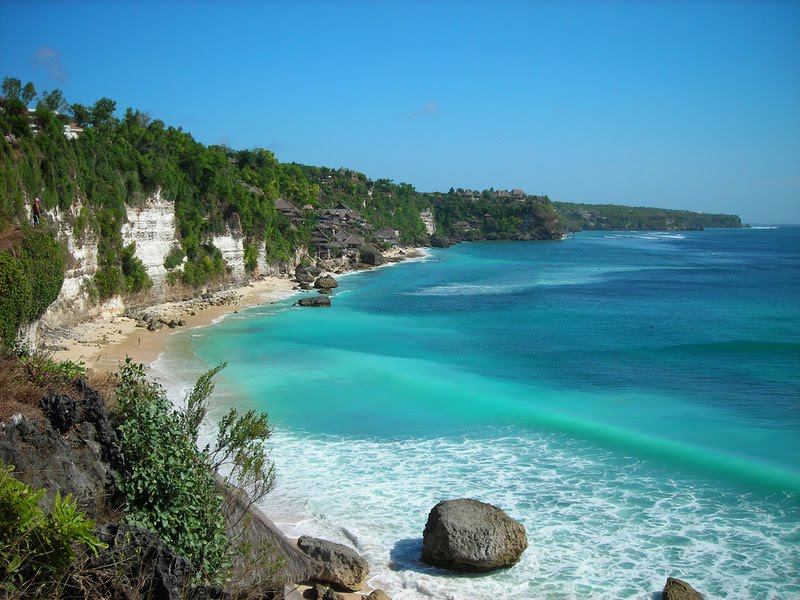10. Sri Lanka: 65,610 km sq
Situated south of India, it covers an area of 65,610 km sq (25,332 sq miles). Formerly known as Ceylon, it was a point of hot contention for the colonial powers because of its strategic location between the Far East and Europe. It also witnessed the end of a 30-year long civil war last year.

9. Iceland: 103,001 km sq
With a total landmass of 103,001 km sq (39,770 sq miles) and a population of only about 320,000, it is regarded as one of the most peaceful nations on earth. It has no standing army. It relies totally on renewable resources for its electricity needs. Its fauna is rich in seabirds and the volcanic nature of the island prevents from much flora to evolve.

8. Cuba: 110,861 km sq
The total landmass of the country is 110,861 km sq (42,803 sq miles). Famous for its revolutionaries and cigars, it is one of the last remaining bastions of communism. Situated in the Caribbean Sea, the island is prone to hurricanes.

7. New Zealand: 268,021 km sq
It has a total land area of 268,021 km sq (103,483 sq miles). It is one of the most isolated countries in the world and among the most liveable. Its isolation led to its fauna and flora to evolve in a manner dominated by birds such as the extinct ‘Moa’ and the flightless ‘Kiwi’. It has a rich marine life being just east of the Great Barrier Reef.

6. Philippines: 299,764 km sq
The country is an archipelago of 7,107 islands. Its landmass is 299,764 km sq (115,831 sq miles). It is the 12th most populous country in the world with around 92 million inhabitants. The country derives its name from King Phillip II of Spain. Situated along the ‘Pacific Ring of Fire’, it is prone to earthquakes and volcanoes. Philippines is the 2nd largest producer of geothermal energy behind USA.

5. Malaysia: 329,845 km sq
The country has a total landmass of 329,845 km sq (127,354 sq miles). After gaining independence in 1957, the country has seen a tumultuous history. The country is a famous tourist destination and very rich in natural resources. It is one of the top producers of natural rubber and oil.

4. Japan: 377,944 km sq
The ‘Land of the Rising Sun’ is made up of four large islands accounting for 97% of its land area and 6,848 other smaller islands. It covers an area of 377,944 km sq (145,925 sq miles). It is a major economic power and home to the beautiful dormant volcano, Mount Fuji. It is the 10th most populous country with more than 127 million people.

3. Papua New Guinea: 462,840 km sq
The country has a total area of 462,840 km sq (178,703 sq miles). It has over 850 indigenous languages and is one of the most rural nations in the world. It is a realm of the royal family of England and the Queen Elizabeth II is also the Queen of Papua New Guinea.

2. Madagascar: 587,041 km sq
Situated in the Indian Ocean near Southeast Africa, the country covers a region of 587,041 km sq (226,597 sq miles). It has very rich bio-diversity with more than 5% of the world’s plant and animal species which includes the famous lemur.

1. Indonesia: 1,919,440 km sq
The country consists of 17,508 of which about 6,000 are inhabited. It covers an area of 1,919,440 km sq. (735,355 sq miles) and is the 16th largest country in the world. It is also the 4th most populous nation with around 230 million people. It has more than 150 active volcanoes, including the infamous Krakatoa and Tambora.
